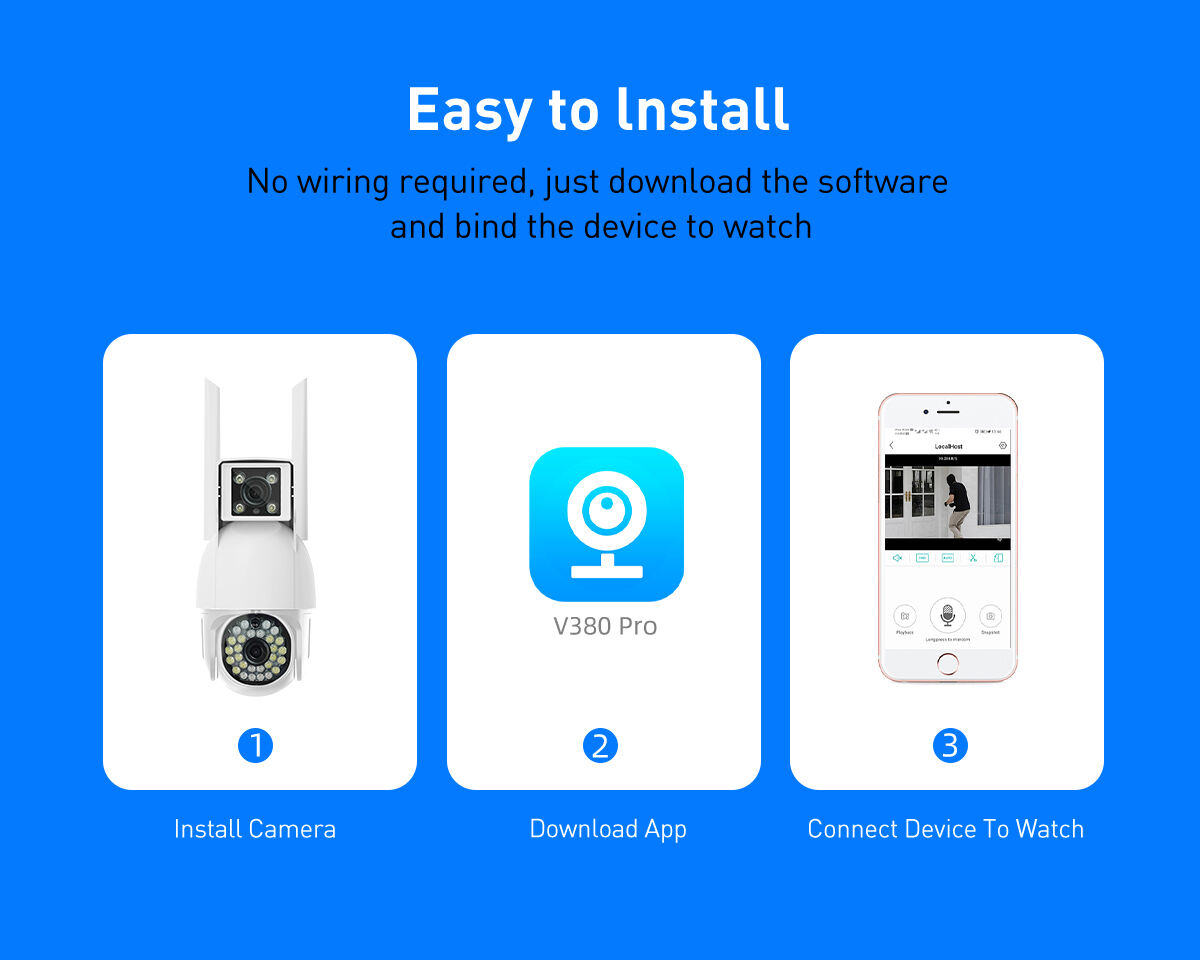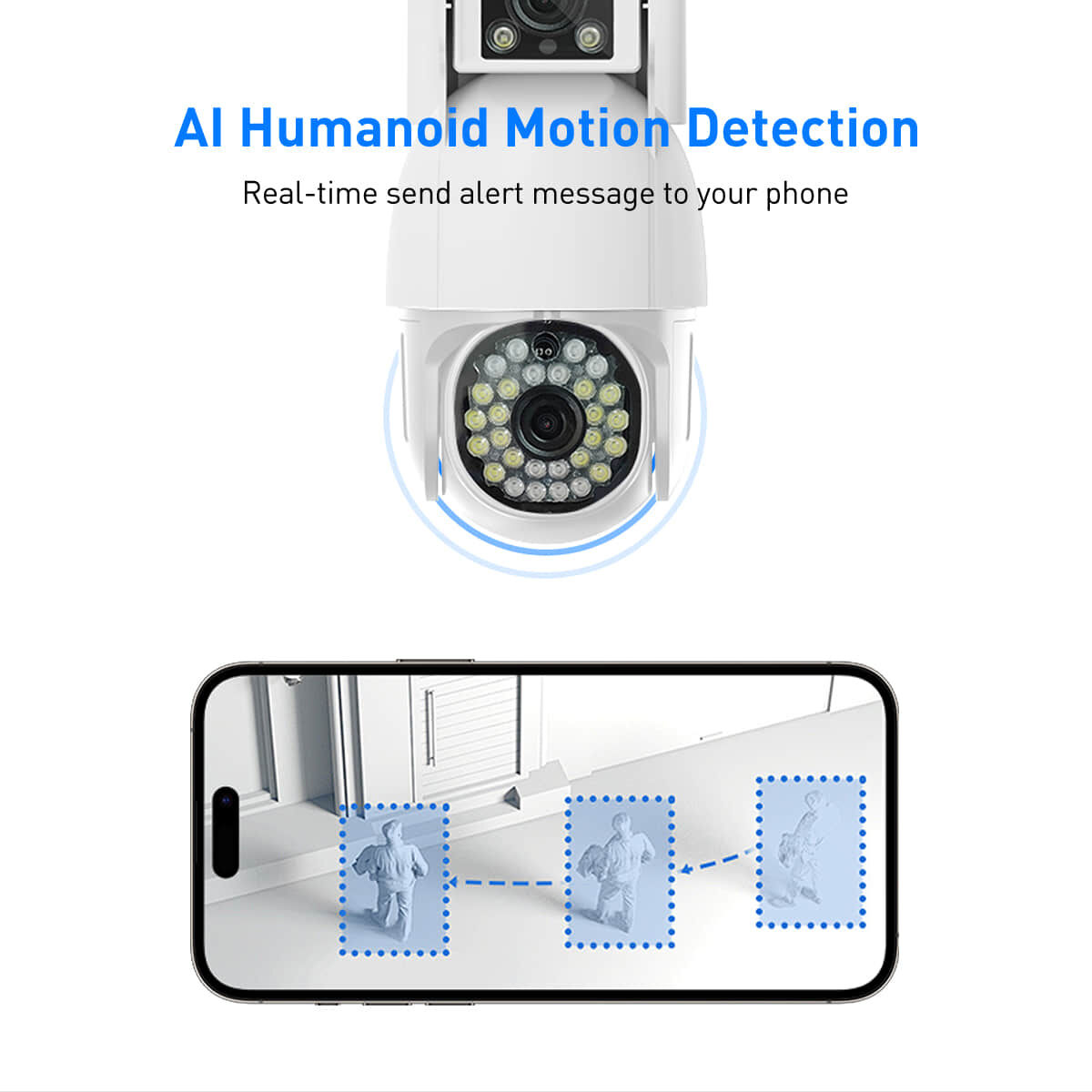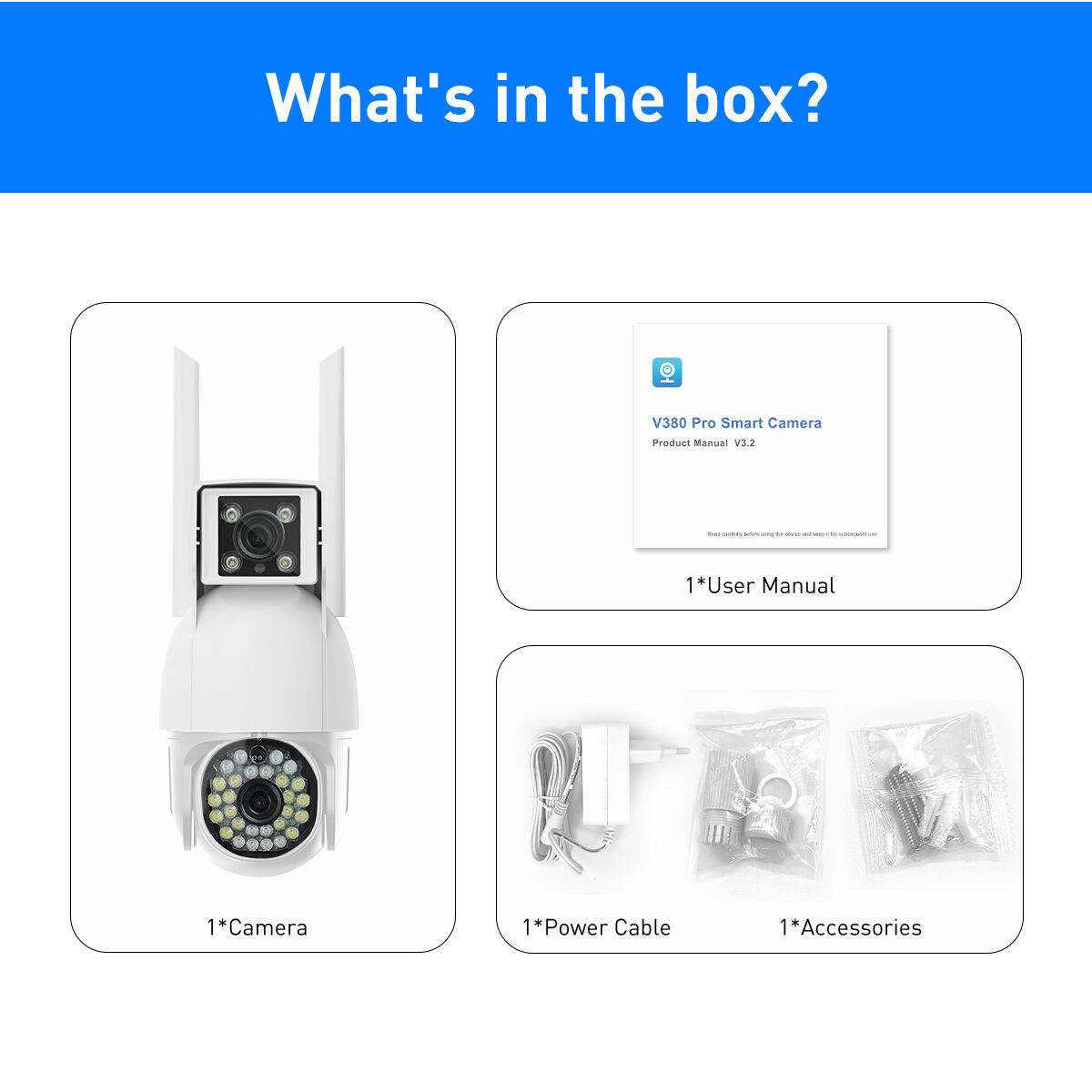Superior Signal Processing and Reception
DVB-T2's advanced signal processing capabilities represent a revolutionary step forward in digital broadcasting technology. The system employs sophisticated OFDM modulation with multiple carrier options, allowing for optimal signal transmission across various environmental conditions. This robust technology enables reliable reception even in challenging scenarios, such as dense urban environments with significant multipath interference. The implementation of advanced forward error correction methods ensures data integrity, minimizing picture breakup and signal loss. These features combine to deliver consistent, high-quality viewing experiences for users, regardless of their location or reception conditions.


